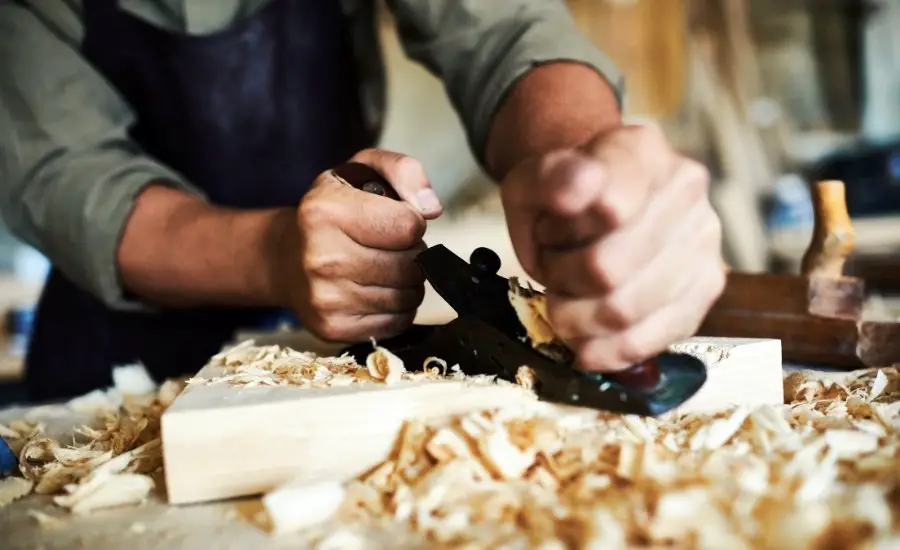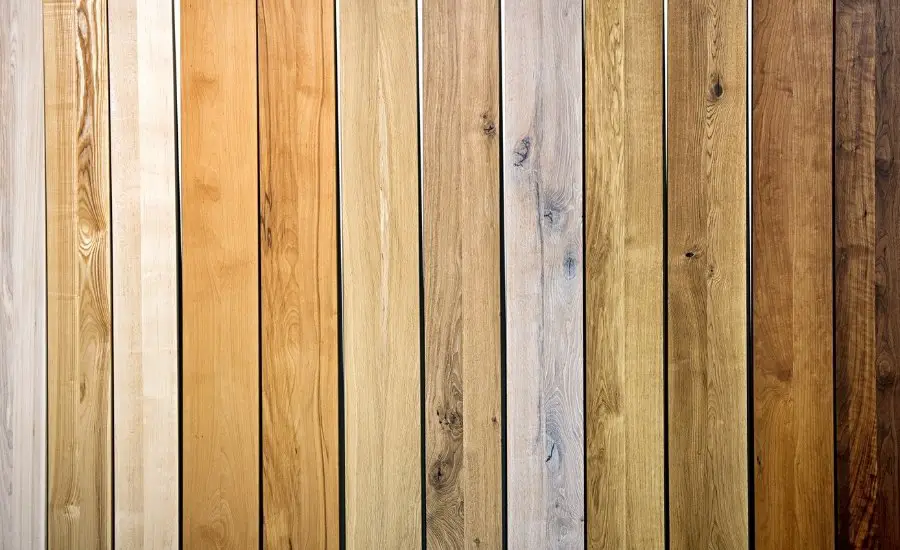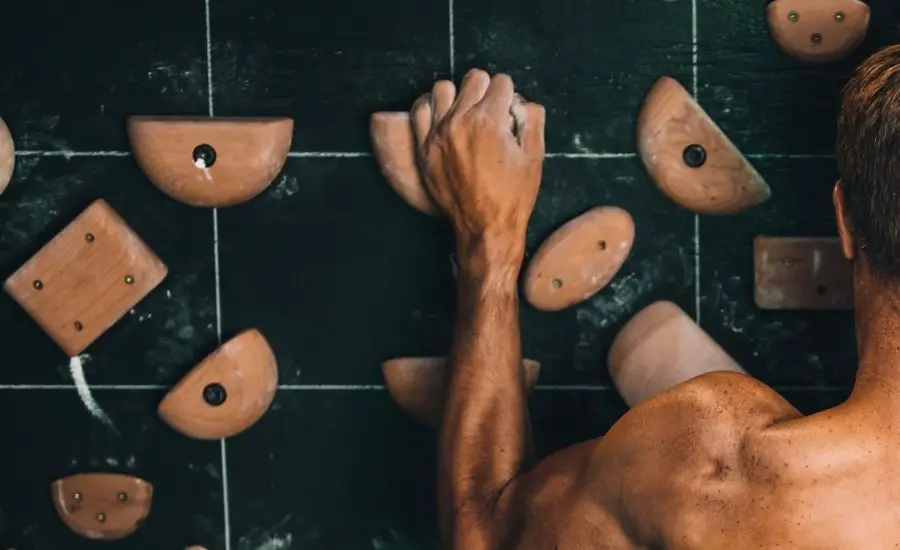With the price of wooden climbing holds shooting up, many do-it-yourself climbers are opting to make their own holds. Picking out what type of wood to use for the holds is a key part in this process and is oftentimes overlooked. The wood type chosen will quite literally make or break the holds.
As a general rule, straight grain uniform texture hardwoods are the best type of wood to use for climbing holds. Stronger hardwoods such as maple and walnut are the best for thin crimps and incut holds. Weaker hardwoods such as cherry, alder, and poplar are the best for slopers and flatter holds.
There are many factors that go into determining which type of wood will be the best hold. There is no “one size fits all” wood for each and every type of climbing hold. This article discusses the intricacies of how different wood types perform as climbing holds and will help you pick the right one for the job.
Wood Characteristics That Affect Climbing Hold Quality
The quality of the climbing holds will directly depend on the different qualities of the wood used for them.
While doing my research, I was able to uncover the Plastic Weekly Podcast Episode 17 with Will Anglin (one of the co-founders of Tension Climbing). In it, they discuss the intricacies of making wooden climbing holds and what characteristics are important to consider for each wood type.
Below is a direct quote from Will Anglin as heard in the video above.
“Each wood type has, you know, a certain level of machinability or workability … each type of wood is going to have a certain amount of strength inherent in that type of wood and the grain on each type of wood is very different.”
Will Anglin, Plastic Weekly Podcast
Basically, there are three different wood qualities that will affect how well it will perform as a climbing hold. These are the wood’s strength, workability, and grain/texture.
Wood Strength
Some species of wood are naturally stronger than others.
If a wood is not strong enough, the climbing hold can splinter and break when gripped. This is not fun for anyone.
Hardwoods tend to be stronger and more durable than softwoods. This is because they are generally more dense and have a more complex structure than softwoods. That said, there are exceptions to every rule.
Maple and walnut tend to be pretty strong hardwoods.
Machinability and Workability of the Wood

Certain woods are a lot easier to work with.
When cutting and shaping wood, certain woods will move more or less than others. The amount the wood will move will largely depend on the wood’s moisture content and cut.
In addition to cut and amount of movement, the hardness of the wood can make it difficult to work. Making fine details and precise cuts will be very difficult when the wood is too hard.
Trying to shape and cut wood that does not want to cooperate can be a huge pain, especially when making very detailed climbing holds. Having good, high quality wood working tools will be a huge help when trying to make your holds. Check out the current prices for some of the most popular wood working tools on Amazon here.
Alder and poplar tend to be very easy woods to work with.
Wood Grain and Texture
The grain on each type of the wood is very different and it’s orientation will largely depend on the wood’s cut.
In addition to this, the chalk will interact with the grain in different ways depending on the cut and wood type. Some woods will absorb the chalk a lot better than others. Absorbing the chalk will provide climbers with better grip.
More textured woods will obviously be better to grip and hold than woods with little texture.
The grain and texture of poplar, alder, and cherry tend to be very climber friendly and handle chalk well.

Best Wood Types Based on Climbing Hold Shape
The shape of the climbing holds will largely dictate what qualities the wood needs to have. Some hold shapes will require stronger woods and others will need woods with better texture.
In addition to the hold shape, the thickness of the hold will also factor into this decision. Thicker holds will have more material and therefore will not need to be as strong as thinner holds.
Let’s take a look at two of the most common types of wood climbing holds – crimps and slopers.
Thin and Incut Holds
Thinner holds (like crimps) and incut holds require stronger woods. The best type of woods for these holds are maple and walnut.
Using woods that are not strong enough for these holds will likely cause them to split and break. This is especially common with thin incut holds.
When gripping incut holds, you will basically be pulling the top part of the hold away from the wall. This will apply a lot of force onto the hold. If the wood is not strong enough to handle this force, it will break.
Although maple and walnut are very strong, they do not have the best grain or texture for certain holds. They tend to be a bit slippery and not very chalk absorbent.
While this is not a huge problem for incut crimps and thin edges, it is for more friction reliant holds like slopers. Therefore I only recommend using these woods for holds that you aren’t tremendously worried about slipping off of.
Slopers and Flat Holds

Unlike thin and incut holds, slopers and larger flat holds do not need very strong wood.
Slopers and thicker flat holds require woods with nice grain and texture. The best type of woods for these holds are poplar, cherry, and alder.
These hold types need to provide climbers with a good amount of friction so their hands don’t slip off. In addition to this, they need to be able to interact well with chalk.
Below is a direct quote from Will Anglin as heard in the Plastic Weekly Podcast video above discussing this subject.
“As we get more towards holds that we aren’t super worried about the strength, we are able to prioritize like the feel and the grain a little bit more and that’s where we typically use the poplar and the cherry because … based on our testing they get a lot tackier with chalk and they just feel very good. “
Will Anglin, Plastic Weekly Podcast
While cherry, poplar, and alder provide climbers with better feel and grip, they are not as strong as maple or walnut. Their lack of strength makes it very probable that they will split and break if used for thin and incut holds.
The Bottom Line
Different woods will be better for different hold types. Walnut and maple are the best woods for thin and incut holds due to their strength and structure. Cherry, poplar, and alder are the best woods for slopers and flat holds due to their texture and favorable chalk interaction.
